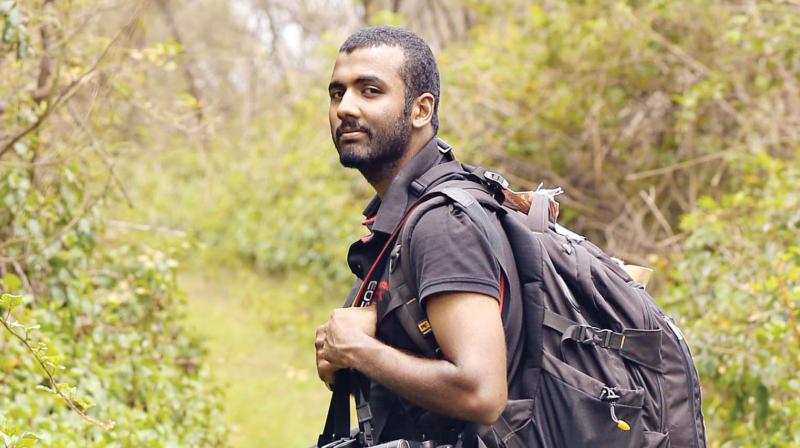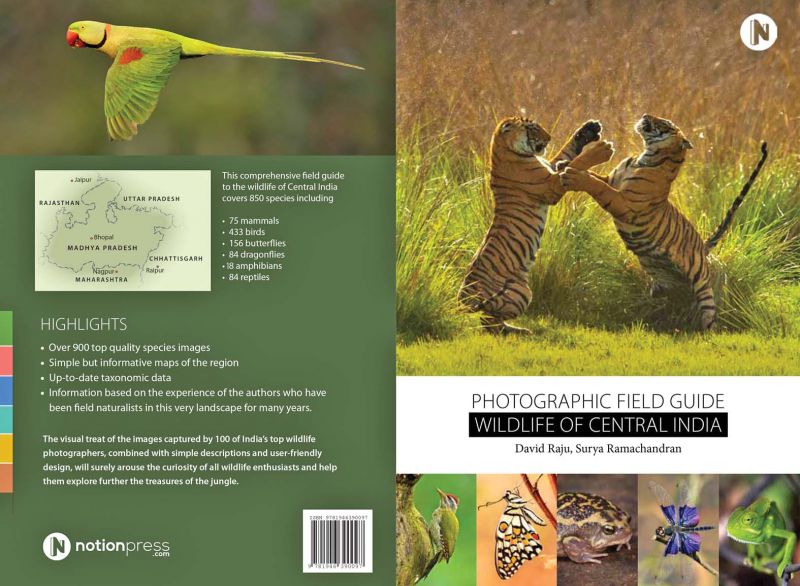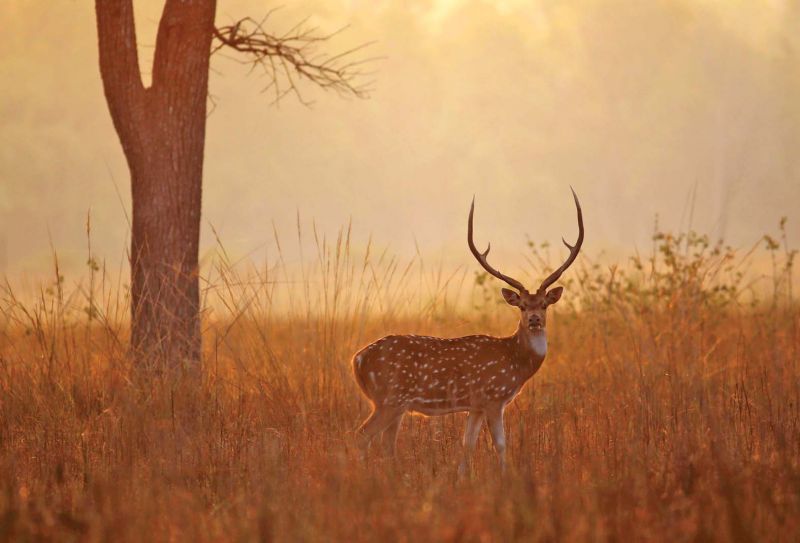A safari of passion
Surya Ramachandran, a naturalist from Chennai, shares what is unique about his latest book the Photographic Field Guide Wildlife Of Central India.

From being a local Chennai-Mylapore boy to becoming a naturalist and co-author of a first-of-its-kind book titled Photographic Field Guide Wildlife Of Central India, the journey of Surya Ramachandran has been a fascinating one.
After graduating from engineering, Surya arrived at the proverbial crossroads, where he had to decide between becoming a corporate employee or following his passion for wildlife — which he had been nurturing since childhood. Instead, he ended up as a producer on a popular Tamil channel! But a tour to Forsyth Lodge in Satpura Tiger Reserve in Madhya Pradesh turned out to be the watershed which changed his life.
“The habitat, the rivers, the fields, the woodland, the temple ruins and the wildlife that I saw there... was the life I had always dreamed of ever since my childhood. But as lovely as it was, this dream was short-lived as I had to return back. It was after all just a holiday, and I was just another jumpy tourist with a camera,” Surya says.
When he returned, he wrote to the director of Forsyth Lodge seeking a work opportunity there, and he was taken in as an intern. From then, his life was all about maneuvering four-wheelers in forest terrains, following animal tracks, and identifying birds from their calls. His mentor Hashim Tyabji — one of the legendary naturalists of India — nurtured his interest and encouraged him to follow in the former’s footsteps.
How did the book come about, though? Talking about his offering, Surya reveals, “We kept seeing people carrying a rucksack with four or five books during safaris and walks because there are only field guides on separate species. For example, there might be a book on mammals but it is not enough if you want to know about birds. So we thought of coming up with something comprehensive that will be useful for the common man. By that time, a friend brought a book from South Africa, which had a similar concept. So, we contacted the author and he gave us the green signal to do our own version.”
The book is a comprehensive collection of all the 850 species in central India. “There are one or two species that have been recorded recently; it will be included in the second edition. Other than bats and rats, the guide covers all the other species in central India. It is tough to identify bats and rats with just a picture; you have to hold them and measure to differentiate. Since it is a photographic field guide, we left them out.”
His co-author, David Raju, and Surya have been friends for several years now. They were also colleagues at Forsyth Lodge — and later, when Surya moved to Kanha Tiger Reserve in MP — David joined him. Both share a good camaraderie and ended up writing the book together.
But Surya adds that the quality of wildlife books in India is at rock bottom — because the publishing houses here have a preconceived notion about the genre and have specified budget for such books. “With such low budgets, it is not possible to bring out a quality book. Even a graphic novel in India has better quality paper than the wildlife books. That’s why we raised funds for the book ourselves, which gives us complete quality control.”
Surya who terms his life journey as a ‘safari’, will next head to a village called Ulley in Ladakh, where he plans to set up a wildlife lodge with houses of the villagers, and train the local naturalists.



